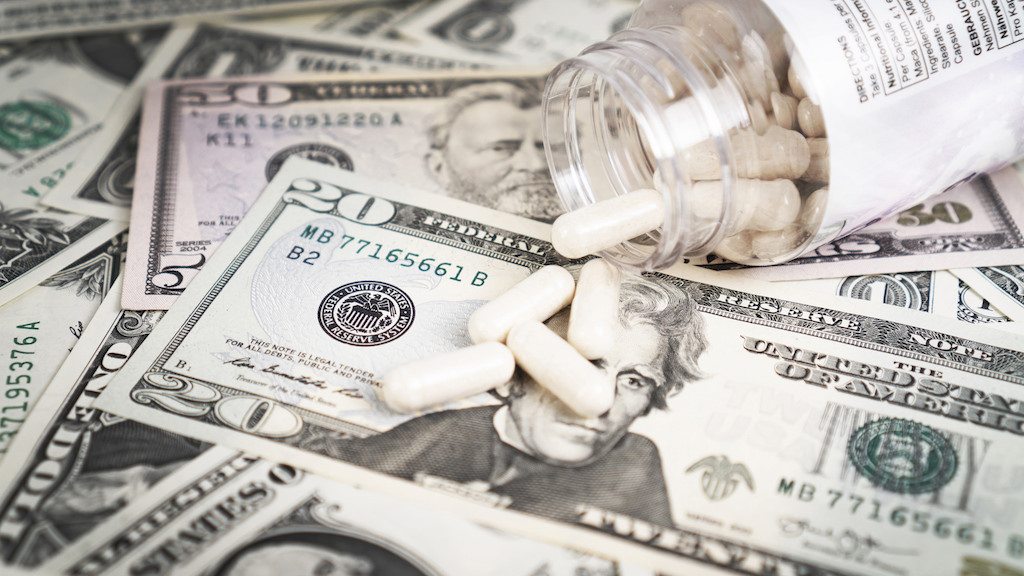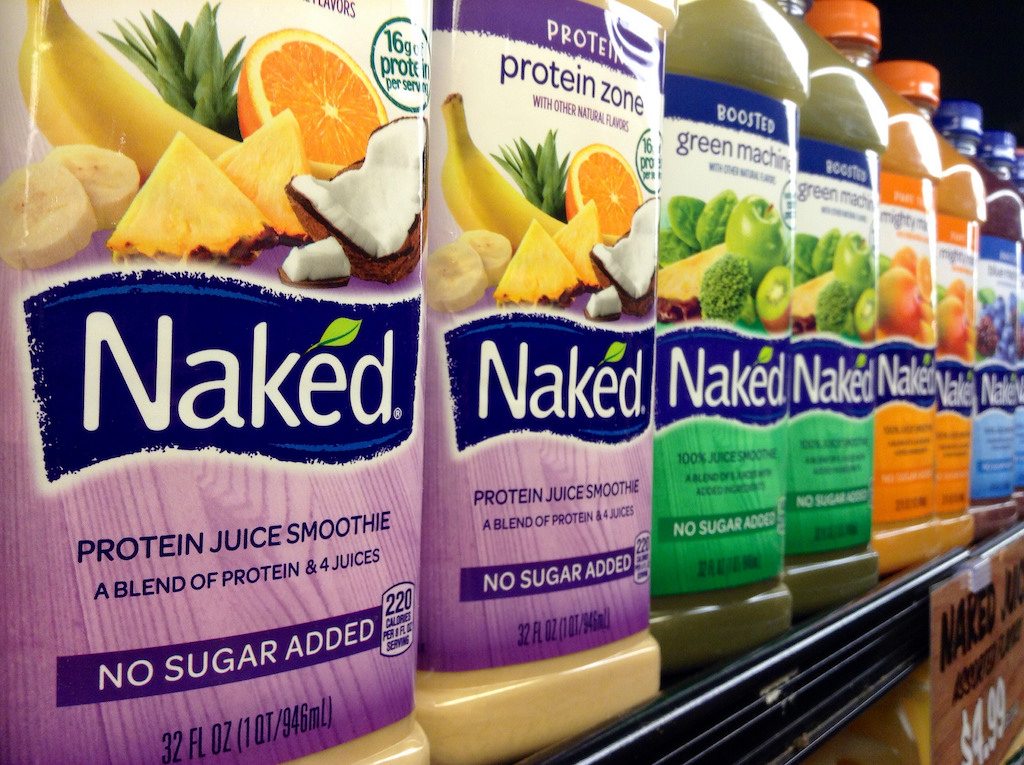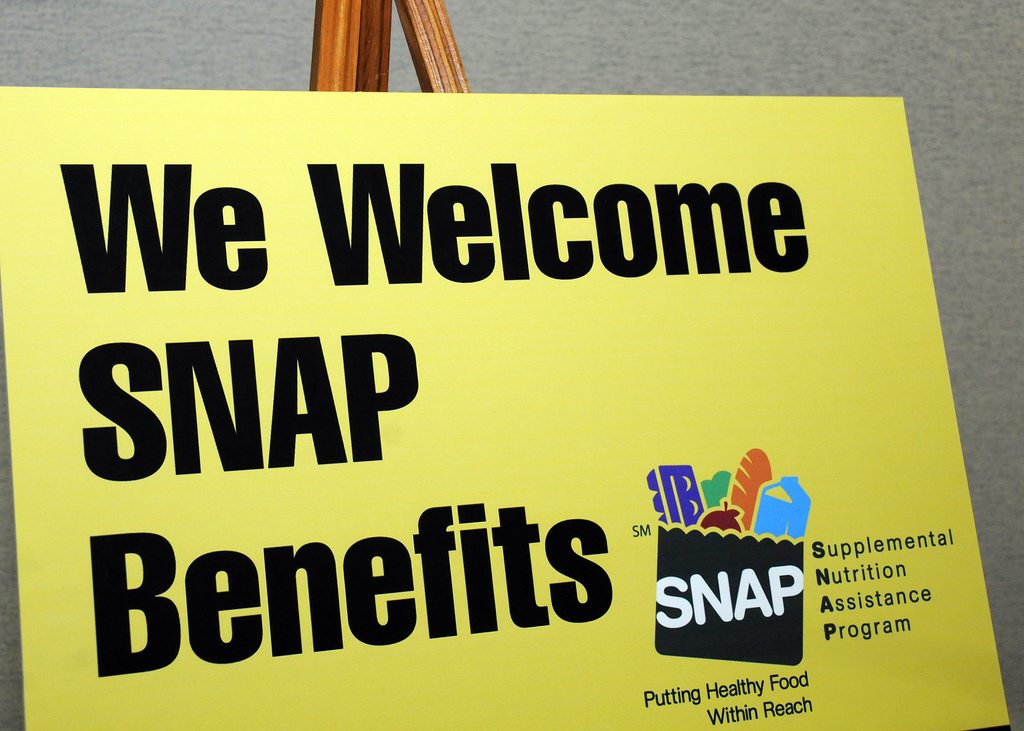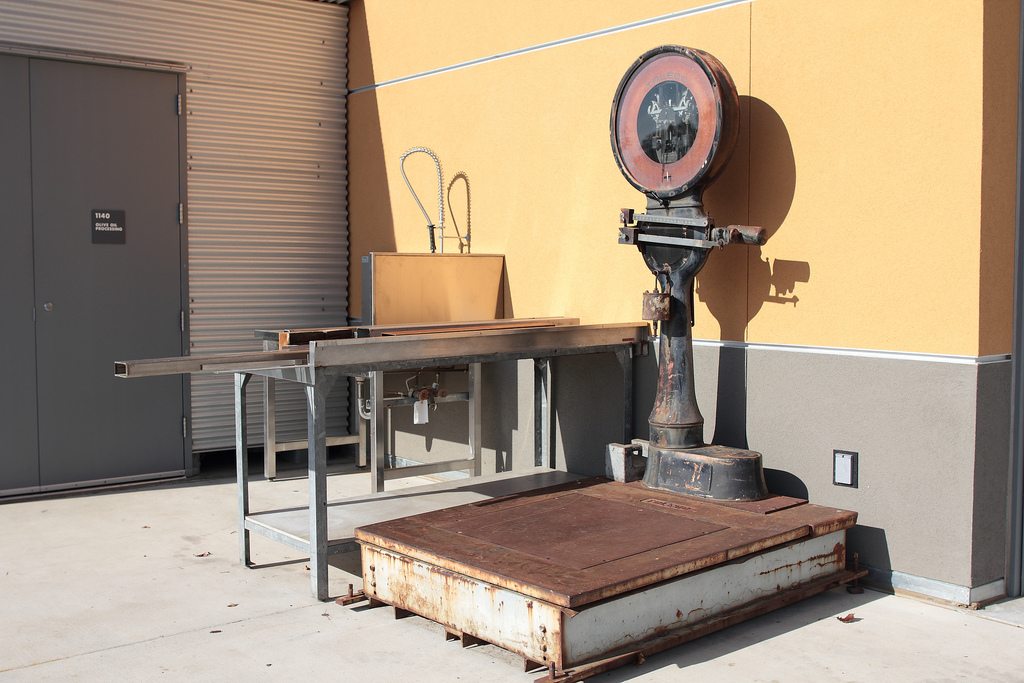It’s no great logic leap to imagine a link between food insecurity and increased health care costs. Past research has borne this out, like the 2015 Canadian study which showed unequivocally that food-insecure people spend more on health-related expenses. What hadn’t been proven—until now—was whether social welfare programs that improve food access could drive down health costs. A study published this week in JAMA Internal Medicine shows a marked decrease in health expenditures among Supplemental Nutrition Assistance Program (SNAP, formerly “food stamps”) recipients.
“We already knew that food insecurity has negative effects on health,” says lead researcher Dr. Seth Berkowitz of Massachusetts General Hospital in Boston. “The logical next question was whether our country’s biggest program to combat food insecurity would positively impact people’s health.”
For about two years, Berkowitz and his team studied 4,447 individuals at the extreme low end of the income spectrum, each living at less than 200 percent of the federal poverty level (roughly $24,000 for an individual, or $49,000 for a family of four). The group was then divvied into two categories, one that received SNAP benefits and one that didn’t. And despite how modest the SNAP payouts are—an average of $129 per month, per person—they appeared to have a significant impact on a recipient’s health expenditures.
Overall, the SNAP participants were found to spend about $1,400 less annually on health-related expenses. Researchers on the study don’t presume to know exactly where that linkage comes from, but they speculate that the effects of diet-associated maladies like diabetes and heart disease may be lessened by greater food access. Additionally, Berkowitz says that people on the extreme low-income end of the spectrum often have to choose between spending on their basic needs—food vs. medicine. “Even a small increase in people taking their meds can have a significant impact on, say, reductions of emergency room visits,” he says.
If one presumes a responsive legislature, findings like these could be directly linked to policy shifts. For instance, in the aforementioned Canadian study, it was found that food-insecure citizens were costing the government 2.5 times the amount in health costs their better-fed counterparts were. Route Fifty points out that you could make a case that federally administered SNAP benefits will reduce Medicaid payouts—of particular interest to state governments that are partially responsible for subsidizing the program, which provides health insurance for low-income people.
“We would love if lawmakers looked at studies like this to help them consider policy,” says Berkowitz. “When you have a big contingent of people questioning [SNAP’s] value, our research could show them some concrete benefits.”










